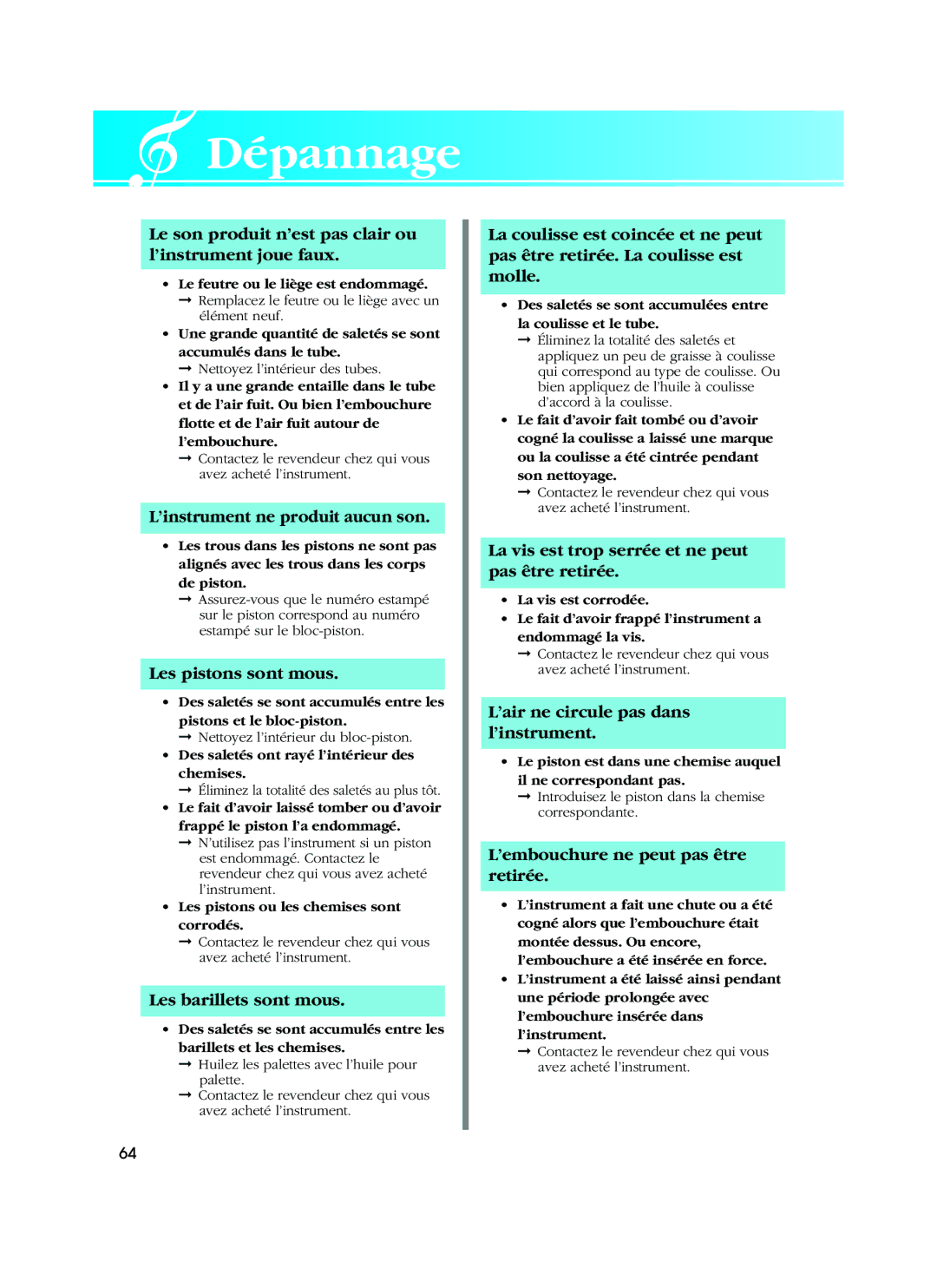Alto Horn/Baritone/ Euphonium/Tuba/Sousaphone specifications
The Yamaha line of brass instruments, including the Alto Horn, Baritone, Euphonium, Tuba, and Sousaphone, is renowned for its exceptional quality and craftsmanship. Each instrument is designed to provide musicians with vibrant sound, ease of playability, and durability, making them ideal choices for both novice and professional players.The Yamaha Alto Horn is a unique instrument that offers a rich, mellow tone. It is designed with a bell that is slightly larger than that of traditional brass instruments, contributing to its warm sound. One of the standout features is its ergonomic design, which ensures comfortable handling and playing, particularly for younger musicians. Advanced materials used in construction enhance the instrument's resonance and projection.
The Baritone is often noted for its smooth, lyrical quality, making it a favorite in concert bands and orchestras. Yamaha baritones feature a balanced weight distribution that promotes stability during play. The innovative valve design ensures smooth, quick action, which is essential for fast passages. Yamaha's meticulous attention to tuning results in instruments that produce even intonation across all registers.
The Euphonium, often dubbed the "tenor tuba," is favored for its warm, singing tone. Yamaha euphoniums include a compensating system that enables accurate tuning across the full range of notes. This sophisticated technology is crucial for performers who seek precision in ensemble settings. The build quality of Yamaha euphoniums guarantees both durability and a beautiful, lustrous finish that appeals to musicians of all styles.
Yamaha Tubas stand out for their powerful sound and versatile playability. Available in various configurations, from BBb to CC tubas, these instruments cater to a wide range of performance needs. Advanced manufacturing techniques, including precision-engineered tubing, ensure optimal airflow, resulting in a clear and resonant tone. The responsiveness of the valves is another hallmark of Yamaha tuba design, allowing for quick and precise note changes.
Finally, the Sousaphone, with its iconic wrap-around design, is particularly popular in marching bands. Yamaha sousaphones are lightweight, making them easier to carry while maintaining a robust sound projection necessary for outdoor performances. Features such as a detachable bell and adjustable tubing enhance portability without compromising on sound quality.
Yamaha's commitment to innovation and excellence in craftsmanship has made its brass instruments the preferred choice for musicians worldwide. Each model is designed with the performer in mind, ensuring that players can achieve their best sound while enjoying a comfortable and inspiring playing experience.

 Dépannage
Dépannage